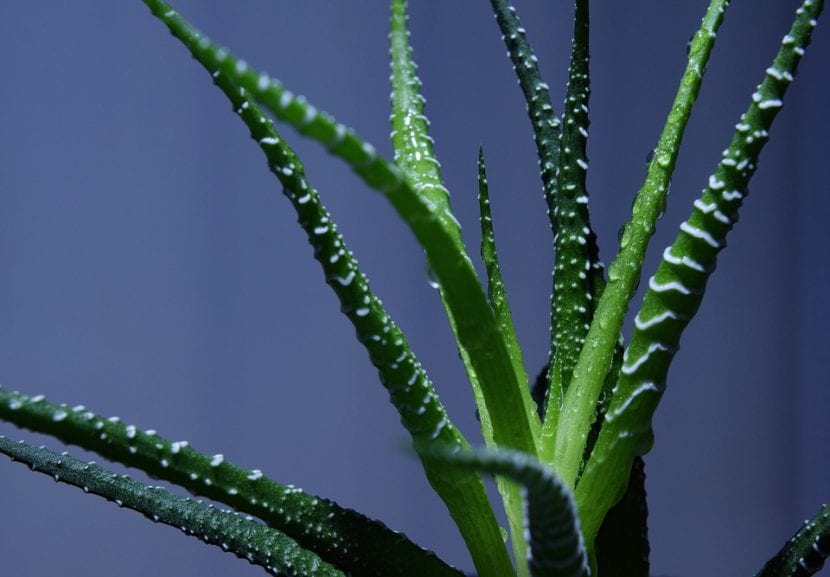
All the haworthia They are non-cacti succulents that can be grown in pots throughout their life without problems. They do not require as much sun as other similar plants, and they even do very well in semi-shade.
There are many species, and all of them require similar care, which is very simple. What's more, I would tell you they are almost indestructible plants if it weren't because snails use them for food. But that's something that can be avoided 😉.
Origin and characteristics
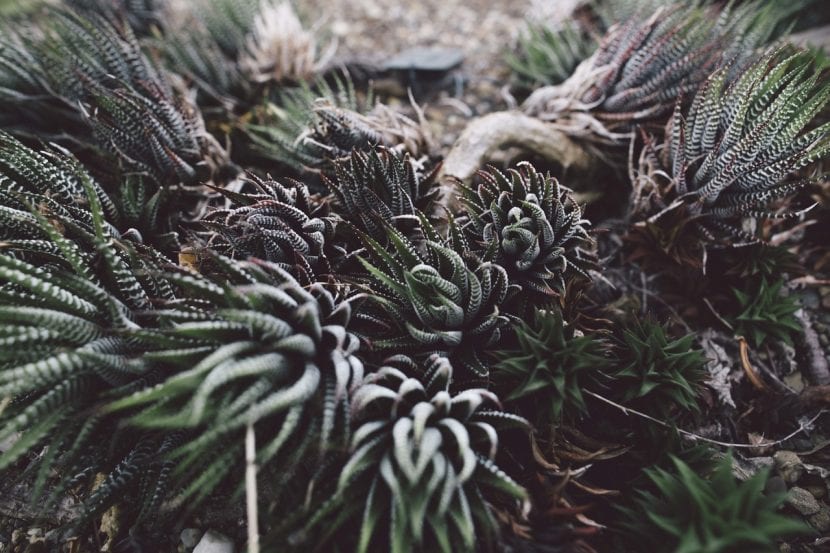
Haworthia is a term that refers to a genus of succulent plants endemic to South Africa. They are small, and do not usually exceed 50 centimeters in height. There are a total of 68 species and 41 accepted subspecies, which are characterized by having fleshy, leathery, green (darker, lighter), bicolor leaves, with white lines or dots or nothing at all.
They tend to produce many suckers from an early age. This means that over the years they need increasingly wider pots. They bloom in spring, and their flowers, usually whitish, sprout from a more or less long and erect stem. The fruit is dry, and inside it contains multiple small seeds.
Main species
The most common are:
haworthia fasciata

It is a small plant that produces dark green leaves with cretrated white stripes. At the tip of each leaf it has a thorn but not sharp. Reaches 10 centimeters in height, and he likes him semi-shadow.
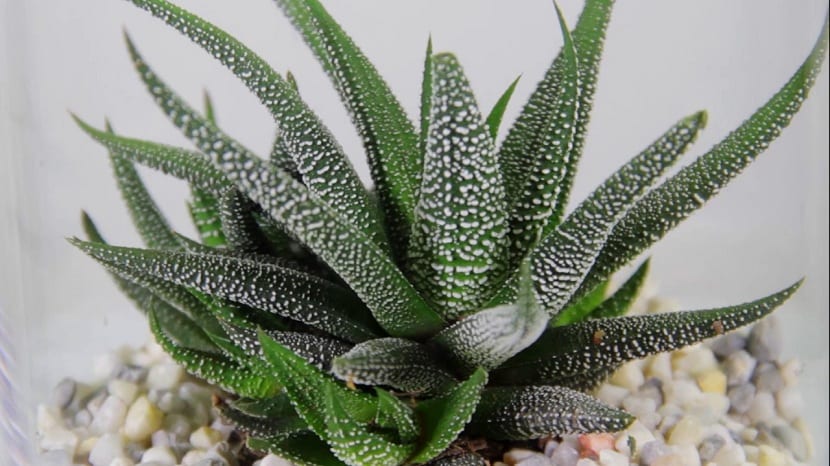
haworthia cooperi
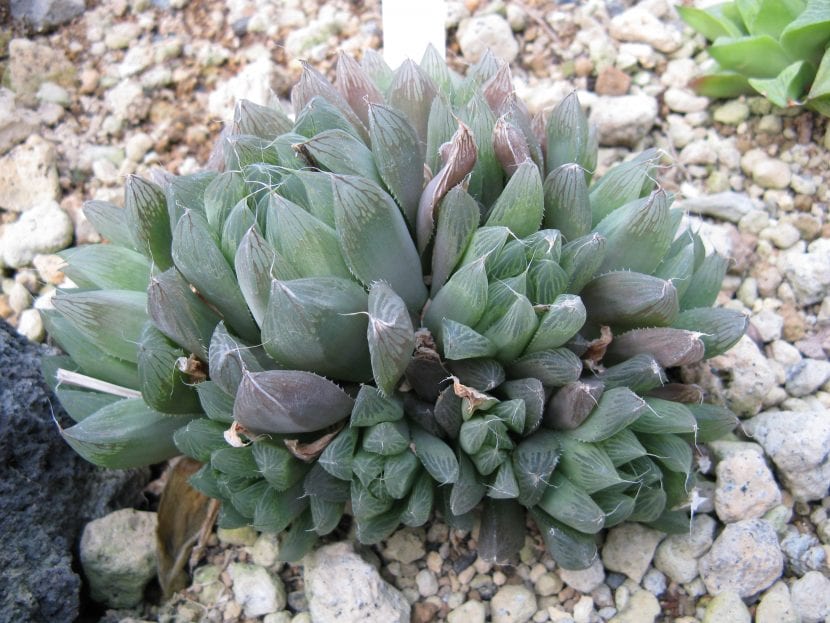
H. cooperi var Pilifera // Image - Wikimedia / KENPEI
It is a plant with light green leaves, with vertical lines, which grows to a maximum height of 10-15 centimeters. It is semi-shadow.
haworthia limifolia

Image - Wikimedia / Natalie-s
It is a succulent with compact, erect, bright green leaves with white lines. It grows to a height of about 15-20 centimeters. It can be in semi-shade, and if the sun hits it for a few hours in the early morning or at sunset it will not cause damage if it is used to it.
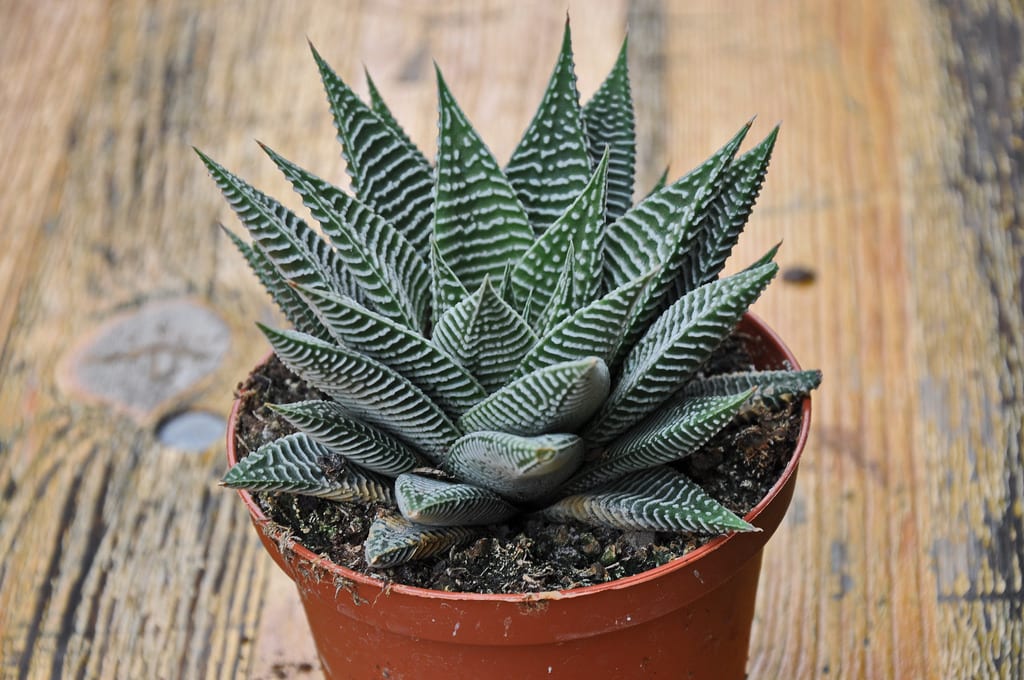
Haworthia cymbiformis
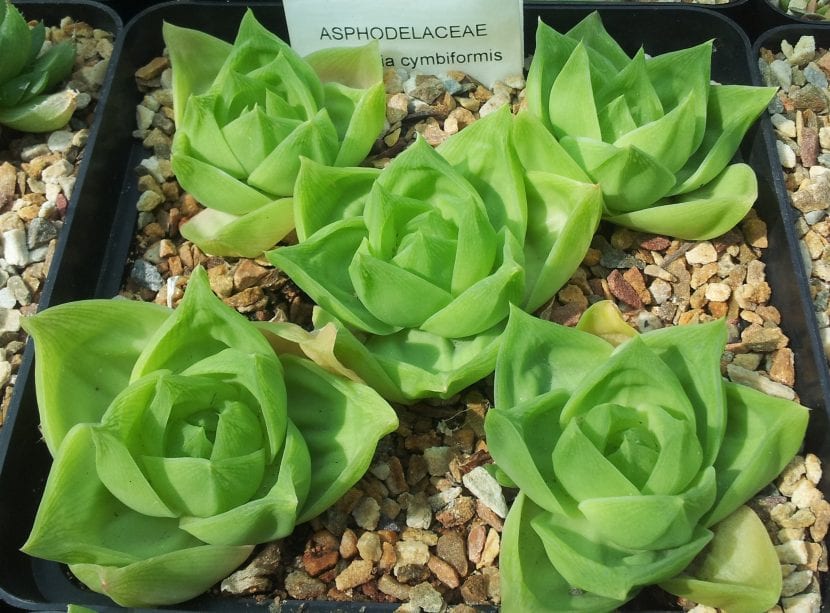
Image - Wikimedia / Abu Shawka
It is a plant with thick, light green leaves. The end of these sheets is transparent. Reaches a height of about 10 centimeters. It lives in semi-shadow.
Haworthia attenuata
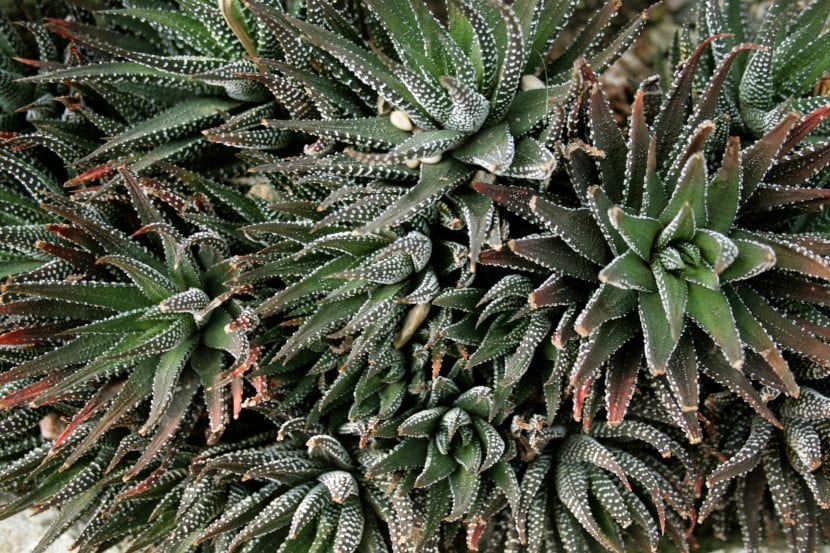
Image - Wikimedia / Popperipopp
It is a plant whose leaves are dark green with white lines. Reaches a height of 15 centimeters, and lives in semi-shade although the direct sun does not affect it too much.
Haworthia truncata
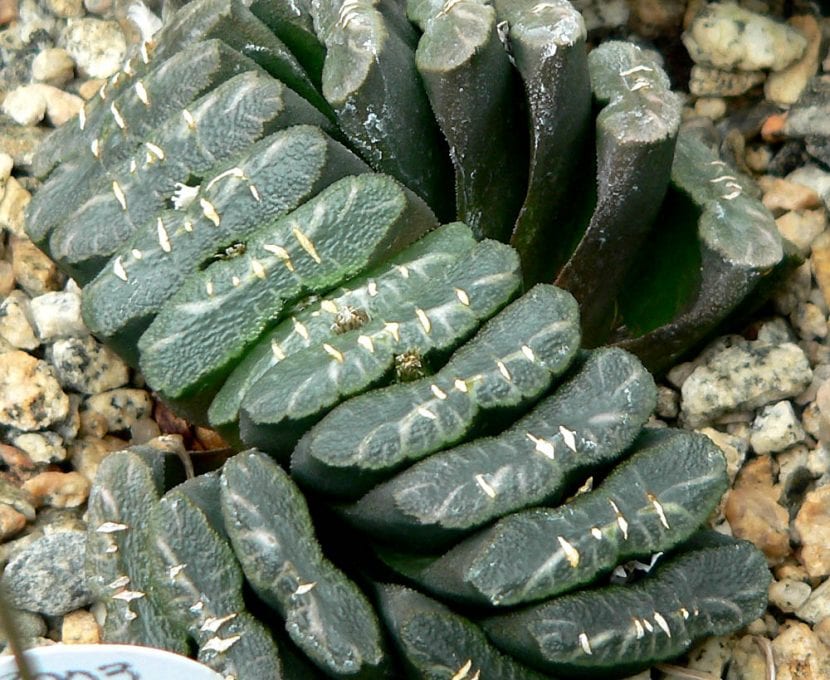
Image - Wikimedia / Stan Shebs
It is a plant that produces leaves one that are arranged one behind the other, something that gives it a very curious appearance. These are dark green. Grows to a height of 1 to 20 centimeters, and is semi-shadow.
What are the care they need?
If you want to have a copy, we recommend that you provide it with the following care:
Location
- Interior: if you want to have it indoors, you have to place it in a room where a lot of natural light enters. It may be near the window, but not right in front of it. Remember to turn the pot from time to time so that the same amount of light reaches other parts of the plant.
- Body exterior:: in semi-shadow. Some species can tolerate some direct sunlight, such as H. limifolia, but if you don't want to risk it, put it in a protected area from the sun king.
Irrigation
escaso, something more frequent in summer. You must let the substrate dry between watering and watering, and not wet the leaves to prevent burns and rot.
Do not put a plate under it, unless you remember to remove the excess water from having watered it after thirty minutes or so.
Subscriber

Haworthia pygmaea var. argenteo maculosa // Image - Wikimedia / Abu Shawka
From early spring to late summer It is highly advisable to fertilize the Haworthia with a specific fertilizer for cacti and succulents (for sale here), following the indications specified on the product packaging.
Multiplication
It multiplies by seeds and suckers in spring-summer. Let us know how to proceed in each case:
Seeds
You can sow them in seedling trays or pots that are wider than they are tall, with universal growing medium mixed with equal parts perlite. Avoid that they are piled up, otherwise they will not be able to germinate well.
Cover them with a thin layer of substrate, or if you want river sand or pumice to imitate what would happen in their natural habitat. Water with a sprayer, moistening all the soil well.
Finally, place the seedbed outside, in semi-shade, or indoors near a heat source. They will germinate in about 10-15 days.
Young
It is the fastest and most efficient way. You simply have to separate them from the mother plant when they are of a size that is easy to manipulate, with some root, and plant them in individual pots with pomx for example, so that they can root without problems.
Plagues and diseases
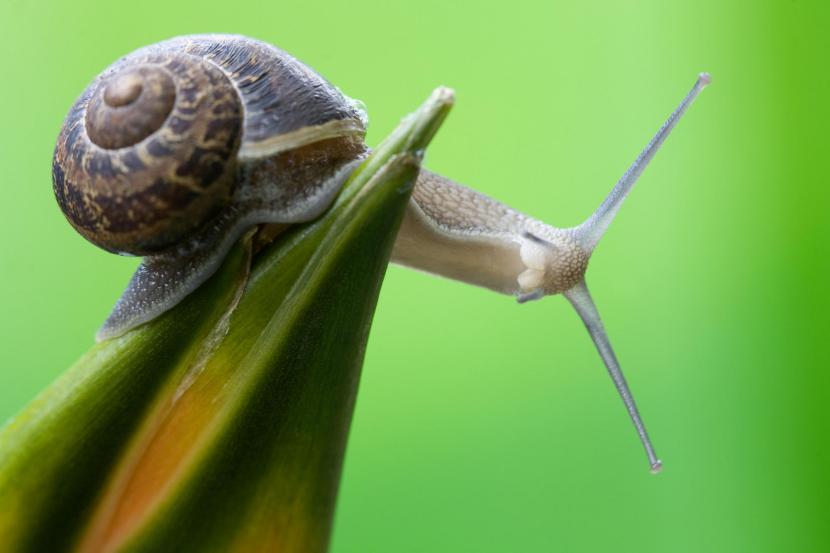
The Haworthia are very resistant, you just have to watch the mealybugs and, as we said at the beginning, snails and also the slugs. As they are small plants, the former can be removed with a brush soaked in pharmacy alcohol, and the latter with these home remedies.
Planting or transplanting time
En spring. Transplant every 2-3 years.
Rusticity
Ideally, it should not drop below 0 degrees, but from my own experience I will tell you that weak and specific frosts of up to -2ºC do not harm them if they have a dry substrate.
What did you think of the Haworthia?
Excellent information helped me a lot
We are glad to know that, Monica 🙂
Quite complete information. Thanks!
Thanks to you, Harvey.